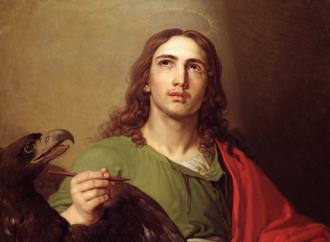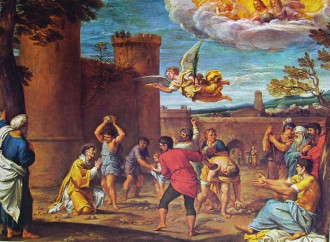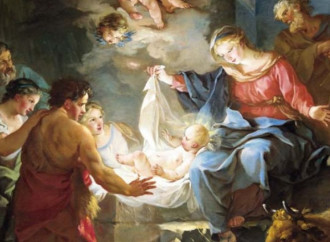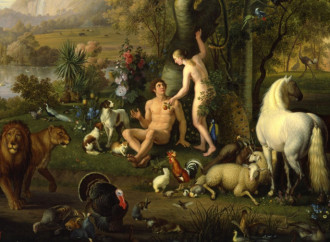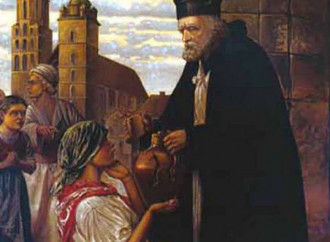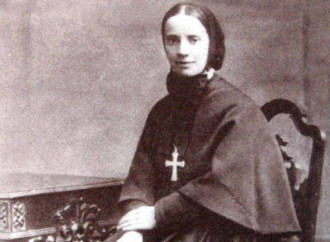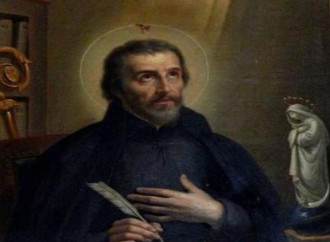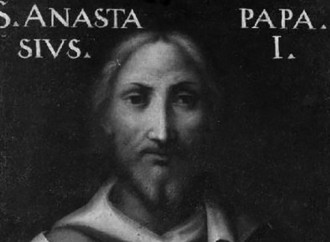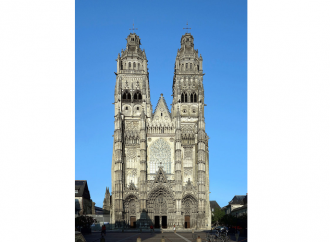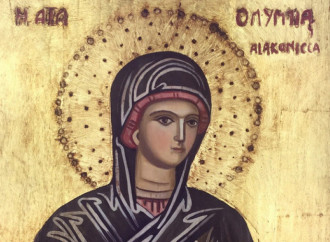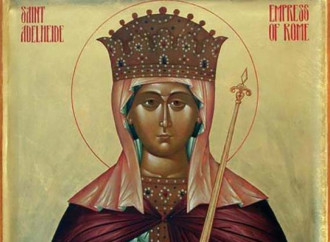St. John the Evangelist
He has been depicted with an eagle as his symbol because he contemplated the immensity of the divine Word and outlined it in his writings like no other before.
Saint Stephen
"Lord, do not impute this sin to them", were the last earthly words of Saint Stephen, the first Christian martyr, who testified his faith in the Risen Christ without fear of death and, as a faithful in Christ, imitated him to the exent of asking God to forgive his executioners.
Nativity of the Lord
We shall dedicate this space to remembering one detail of the immense history of salvation, namely that the today of the angels' news to the shepherds, that is, the today of the birth of Jesus, was precisely December 25th.
Saints Adam and Eve
After their freely-chosen consummation of original sin and expulsion from Eden, our forefathers – according to the Church Fathers and following some hints in the Old Testament – lived a life of prayer and penance, then dying reconciled with God
Saint John of Kety
He was a Polish priest, theologian and university teacher, who always gave half of his academic salary to the poor
Saint Frances Xavier Cabrini
The devotion to the Sacred Heart of Jesus and the love for the Eucharist were the source of her perseverance. Pius XII canonized her and proclaimed her "heavenly patron of all emigrants"
Saint Peter Canisius
His Catechism – indeed, his three Catechisms – formed German Catholics for centuries: in Germany, as Pope Benedict XVI recalls, "even in my father's generation, people called the Catechism simply the Canisius".
Saint Dominic of Silos
The reputation for holiness that Dominic of Silos (1000-1073) enjoyed during his lifetime led to his canonisation just three years after his death, while Spain was in the midst of the so-called Reconquista.
Saint Anastasius I
Although his pontificate only lasted two years, he played a decisive role in the defence of orthodoxy, earning the admiration of his contemporary Saint Jerome
Saint Gatien
He was the founder of the Diocese of Tours a century before Saint Martin was appointed its bishop
Saint Olympia
The 17 letters Saint John Chrysostom wrote to Olympia (361-408) from his exile witness the esteem she enjoyed within the Christian community. She in turn was persecuted during the last few years of her life by the enemies of the deposed Eastern patriarch.
Saint Adelaide
Queen, empress and, above all, saint: there were indeed many important milestones in the life of Adelaide of Burgundy (931-999), the common denominator was her reputation as an exemplary Christian, which she earned already in her youth.

